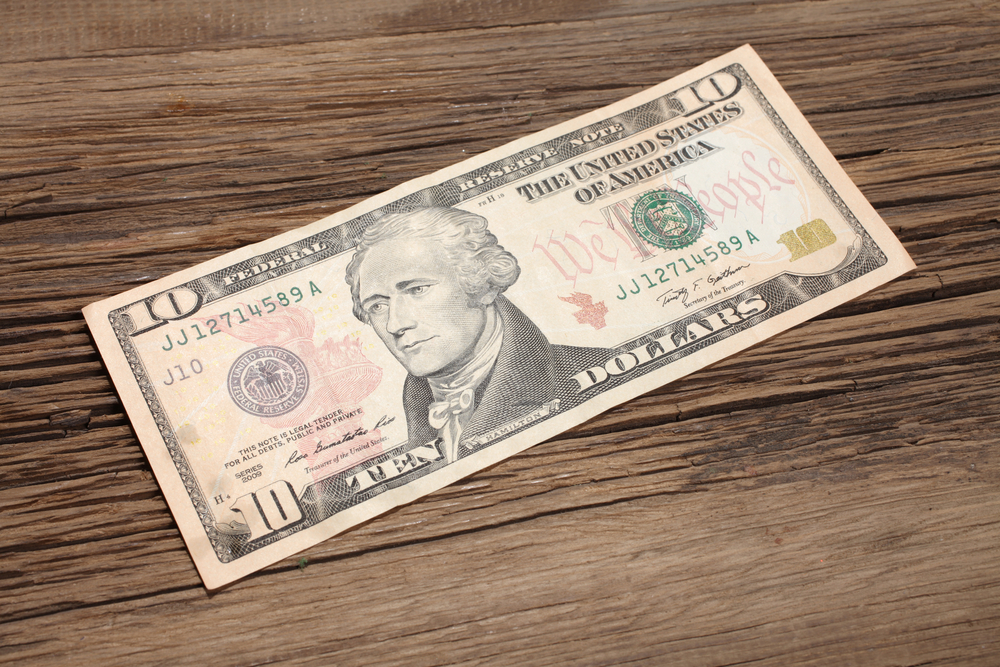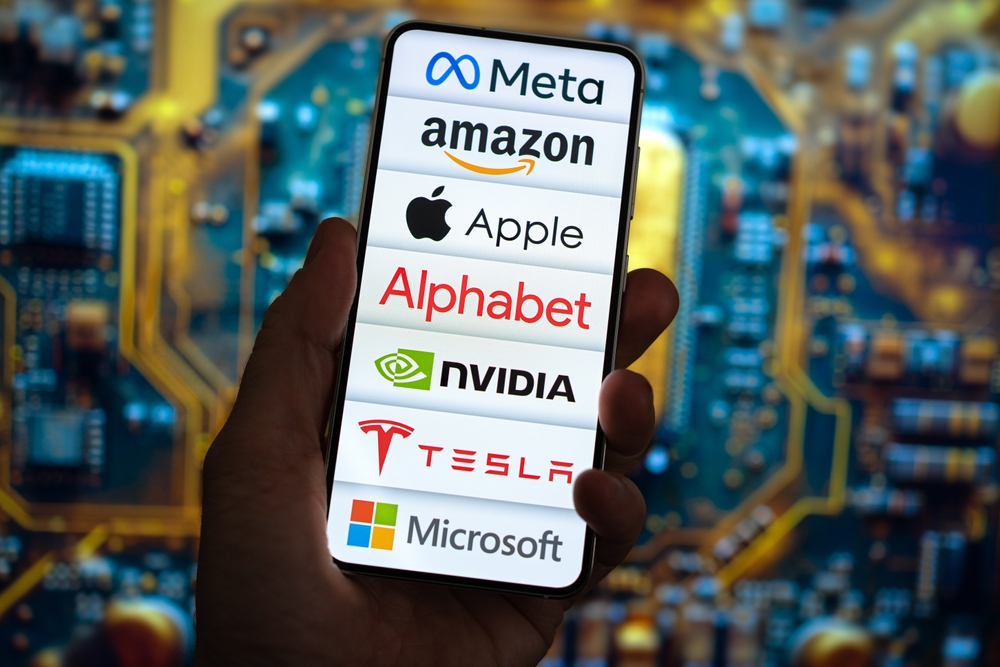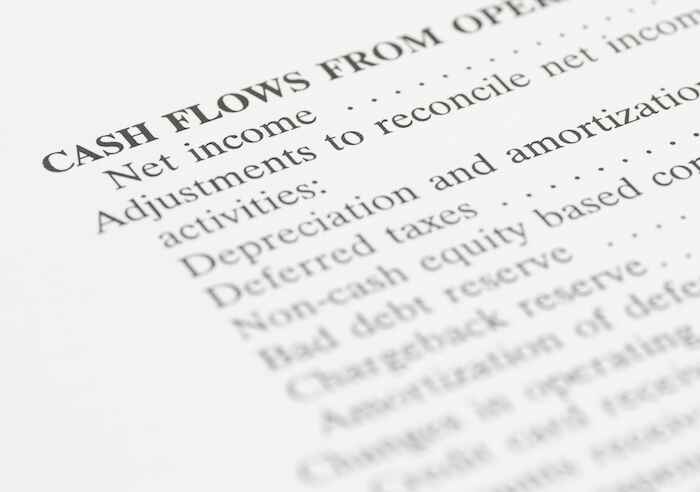How to Get In On the Hottest IPOs… for $10
Andy Snyder|May 17, 2021

Editor’s Note: SPACs – or special purpose acquisition companies – have caused a huge stir on Wall Street… and in the media. By tossing aside the shackles of the traditional IPO process, they give average investors the chance to get in on some of the hottest companies… before they go public.
Every investor should have exposure to this space.
That’s why, today, we’re doing something we don’t often do. We’re sharing an essay from our premium Manward Letter publication that shows just why these investments are so hot… and exactly how you can invest in them.
Check it out below and be sure to send us your comments and questions at mailbag@manwardpress.com.
We’ve got our thumb on the hottest investment opportunity of 2021.
How do we know? Because this oddball investment created dozens of billionaires last year… and it’s just getting started.
Every business owner has dreamed at some point about taking his stake public. The day a company goes public, its founders and early investors get the massive payday they’ve been working for.
Investors, too, dream of getting tangled up in a hot IPO. It’s long been Wall Street’s worst kept secret that getting “pre-IPO” shares almost certainly equates to a big profit when shares go public.
But most folks never have the chance.
Nowhere has the mantra “It takes money to make money” been truer than in the land of IPOs. It used to take big money and strong connections to get in before the masses opened their wallets and made early investors rich.
But that’s no longer true.
You can now get in some of the hottest IPOs of the year with a stake of as little as $10.
It’s all thanks to an old trick that’s seeing a massive renaissance.
It’s a capitalist’s delight… a libertarian’s redemption… and an investor’s dream come true.
A Special Investment
The traditional process for taking a company public is exhausting. It requires reams of paperwork, a lengthy roadshow and intense scrutiny from regulators. It’s an expensive and daunting task.
That’s why, doing what free markets do best, the market has found an alternative. It’s called a special purpose acquisition company, or SPAC.
The way it works is quite simple. Think of it as a publicly traded company that has just one goal… to find the very best privately owned firm and “merge” with it.
It’s a quick and easy way to bring shares of a company to the stock market without all the hassles of a traditional IPO.
And thanks to a surge in interest, there will be ample opportunities for triple-digit profits in the year ahead.
There are two reasons…
Free Beer… and Big Money
The first reason is perhaps the most obvious… Money attracts money.
With stock market valuations at record highs thanks to so much free money floating around, the traditional IPO market is red-hot. But more and more private companies are seeing the value and efficiency of quickly going public by merging with a SPAC.
I am not surprised when – as the hot trading platform eToro recently did – a company announces its plans to IPO… and says it’s considering a SPAC.
It’s like putting a “free beer” sign in front of the pub. The thirsty will come knocking.
Last year, we saw SPACs raise a record $70 billion in capital. That figure was up 44% from 2019’s… a year in which capital raises, incredibly, were up 500% from 2018’s.
What’s important to note is that last year’s SPAC figure was a full 52% of all IPO transactions in 2020.
That means it’s now the favored way of going public.
And, again, as big money attracts even bigger money, the trend is likely to grow much further from here.
That’s why it’s so important you understand what’s happening with SPACs and why.
Two Years… and Counting
The second reason the industry is set to boom even further in 2021 comes thanks to the clock on the wall.
It’s simple. SPACs have 24 months to get a deal done.
If they don’t find a suitable company to partner with in two years, the management team must hand the original equity back to shareholders.
It’s rare, but it happens.
And with a huge slug of fresh SPACs hitting the market over the past 18 months, the clock is ticking for many dealmakers.
And here’s where things get really exciting… Even if no more SPACs enter the market this year, the amount of money that is likely to be raised by these blank-check companies between now and the end of 2022 will almost certainly exceed the total value of all SPAC deals over the last decade.
It’s a lot of money… more than $300 billion.
And that’s if the 80 or so dealmakers yet to make a move continue with the industry’s historical 1-to-5 capital-to-final-value ratio.
As market valuations surge, the ratio is likely to rise. Numbers could soar.
Three Ways to Profit
The free market has done what it does best. It has found the most efficient way to sidestep ever-tightening regulation. In a world where IPOs are getting more expensive by the day and taking longer and longer to bring to life, SPACs are quickly becoming the path of choice for savvy startups.
Again, they’re a libertarian investor’s answer to a system mired with bureaucracy and red tape.
They leave three ways for investors to potentially profit – each with its own time horizon and level of risk.
The first is the shortest but perhaps least risky – investing in premerger SPACs. Again, a stake in these operationless companies can typically be had for about $10 per share, which is returned if a deal is not done. The biggest risk is the management team not finding a deal or, worse, the deal not being worth the equity investors put into it.
In most instances, that hasn’t happened, which is why a premerger SPAC investment is a strong move for speculative investors.
Find a good management team with a good history of success and hope it can make a good deal happen.
The second option is actually two options… but both involve news of a merger. As we mentioned, companies tend to announce a potential deal before they announce the details of the deal.
Both instances create a buying opportunity. Again, the more speculative opportunity comes sooner… when the company announces it has found a potential partner but has yet to announce its name or the price.
A savvy trader – not an investor – can play the rumor mill for big bucks during this stage.
For the investor a bit more averse to risk, buying a stake after the deal is announced may be a better move. That’s when the market has the details it needs to start making a fair, fundamentals-driven valuation.
The name of the company the SPAC will bring to market is released, and so are its financials (including – and this is a big departure from standard IPOs – its projected future revenues).
At this stage, speculation tends to come out of the market and investors can often grab a good deal as volatility drops.
Finally, conservative investors will likely want to take advantage of the third stage of SPACs… when the deal is done and the new company is trading on its own within the secondary market.
At this point, companies are trading just like any other company, yet volatility remains elevated and any fresh news can send prices moving quickly.
It’s like getting into a freshly IPO’d stock, but with a lot less speculation. All the heavy guessing and strain of a market trying to reach efficiency have already been sorted out.
Because of the efficient nature of SPACs and the massive amount of freshly printed money circulating through the global economy, every investor should have exposure to the space.
It’s becoming one of the hottest and most discussed asset classes of the year.
Valuations will get rich… and so will many savvy investors.

Andy Snyder
Andy Snyder is an American author, investor and serial entrepreneur. He cut his teeth at an esteemed financial firm with nearly $100 billion in assets under management. Andy and his ideas have been featured on Fox News, on countless radio stations, and in numerous print and online outlets. He’s been a keynote speaker and panelist at events all over the world, from four-star ballrooms to Capitol hearing rooms.





